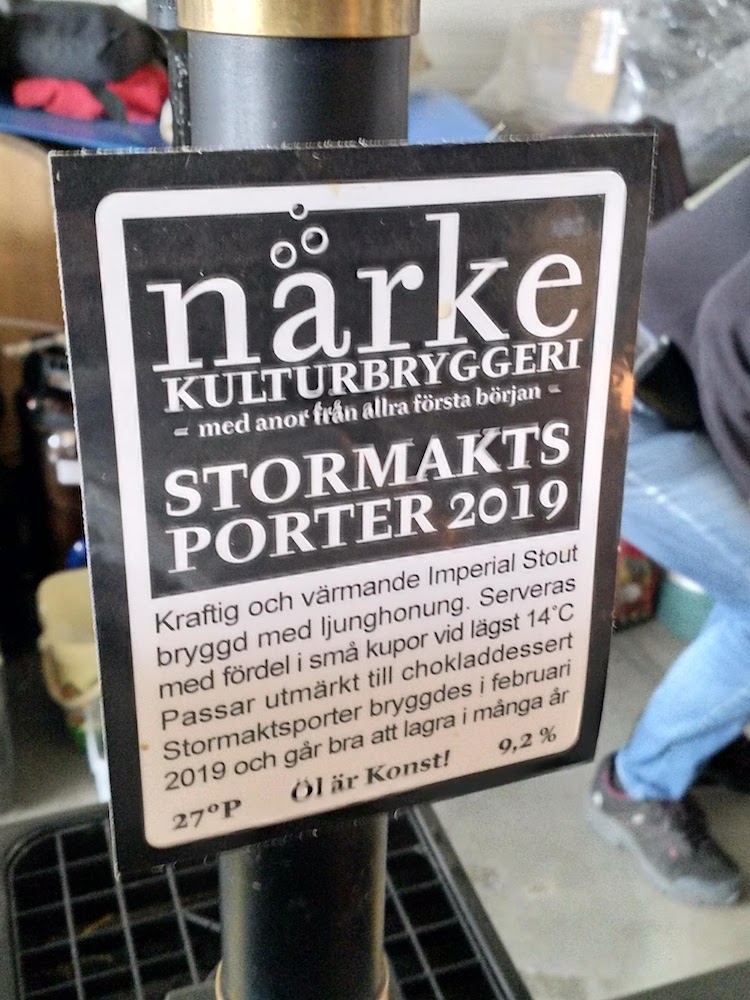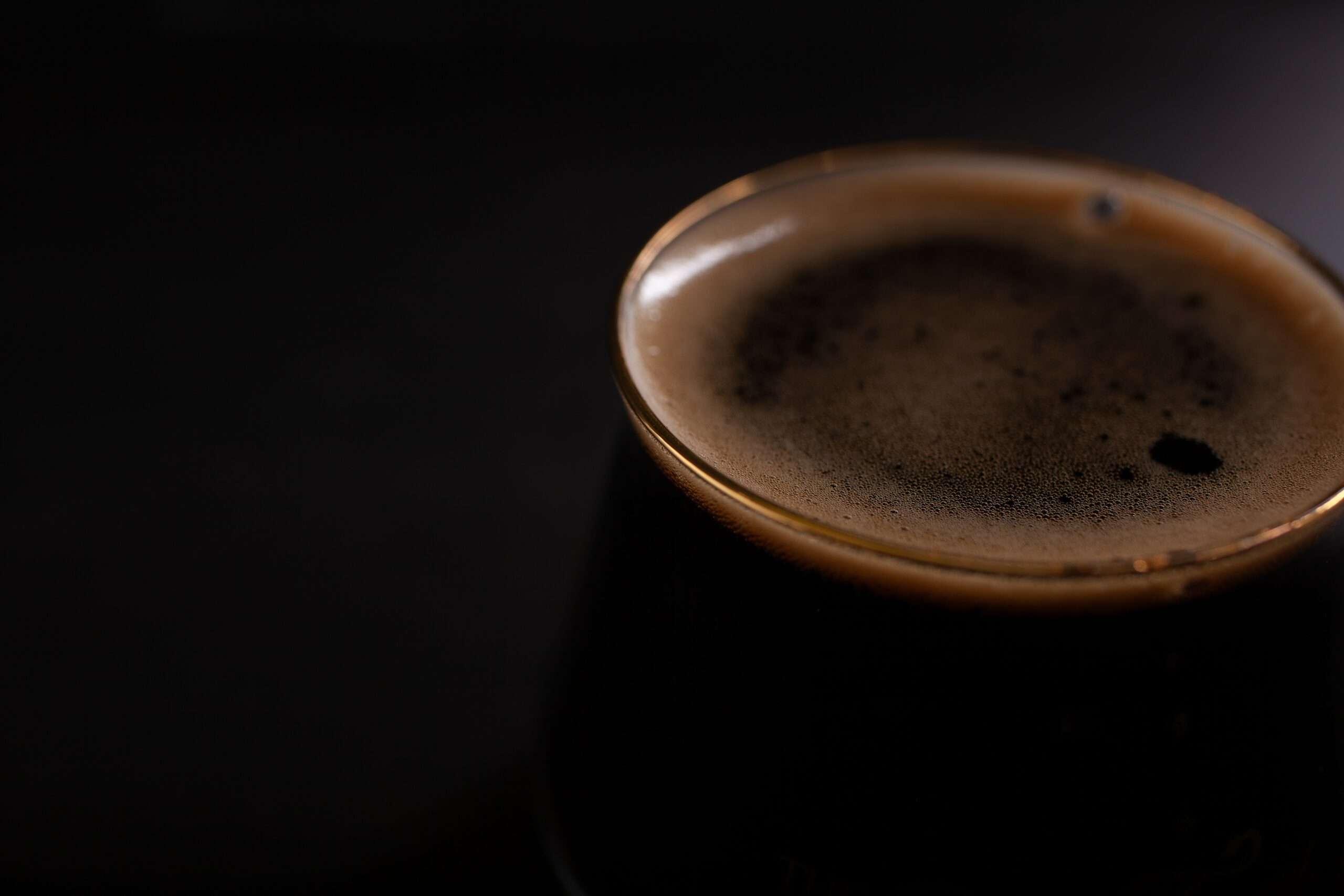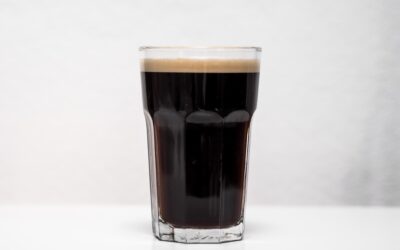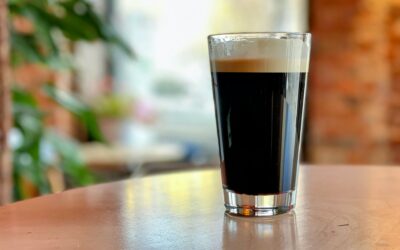Within a decade of porter arriving in the scene in London, brewers were recognising its potential in formats that are more robust, also termed ‘stout’. The fashionable new beer style was quick to show its adaptability for early industrialists who were starting to play with mass-production for the first time.
London brewers had begun exporting stronger porters and stouts by the mid-18th century, and by the early 19th were regularly despatching these by ship, via the Cape to India, Australia and South-East Asia, across the Atlantic to the East Coast of North America, and via the Baltic Sea to Russia, Poland and Scandinavia. It was only a matter of time before brewers in the Netherlands, Denmark, Sweden, Finland, Poland and the Baltic States were making similar beers.
See also: Baltic Porter
Export (or Foreign export) stout
Stronger stouts in the Irish tradition (5.6-7.2% ABV) can smell as sweet as molasses yet are dry on the palate. Rich, almost to the point of oiliness, the flavour is strong and roasty, without tasting burnt. Chocolate and coffee notes are fine. They work best in a bottle or can, due to the higher carbonation.
Strong export (or Tropical) stout
Richer than Export Stout but lacking the weight of an Imperial Stout, this higher strength stout (7.0-8.5% ABV) should display a dark, sweet, roasted, caramel-laced, sometimes fruity and overtly alcoholic character, with subdued hopping. Legacy versions of this style, sometimes simplified and fermented with lager yeast, are to be found in the Caribbean, West Africa, Sri Lanka, Singapore and the South East Asian Pacific coast, being one of the stranger legacies of Europe’s old empires.
Imperial stout
Intensity is the key word in trying to summarise the character of what for some is the emperor of beers. The best examples are not simply strong (8.0-12.0% ABV), they arrive with all guns blazing, melding together rich and complex, multi-layered, roasted graininess. English-pointing versions major on complex esters while the American version allows significant hop presence. The history of the style is the stuff of legend – mostly. Whether and when they ever enjoyed a significant home market is unclear. The style’s success is actually fairly recent, in large part because it is seen as the ultimate challenge for a modern-day craft brewer to explore their limits.

American stout
Deep brown, highly roasted and unquestionably hoppy, American Stout (5.5-7.5% ABV) is unafraid of dark chocolate and coffee grounds backtastes. Its full flavour can defy a lighter than expected body and its head should last to the end. The boundary with American porter has become a bit blurred.





